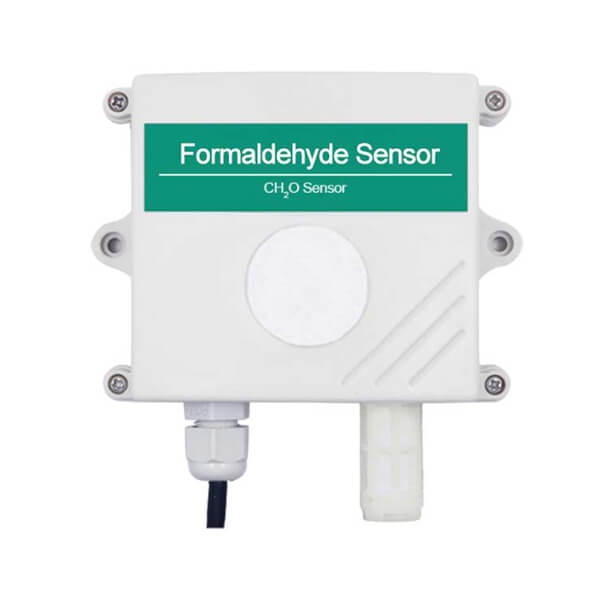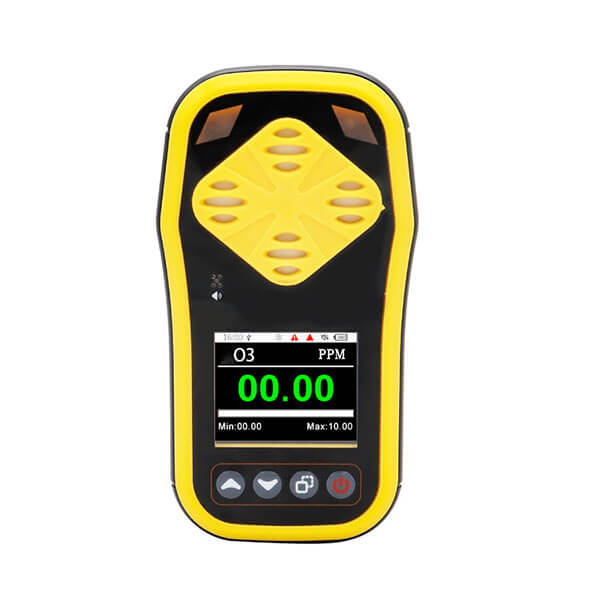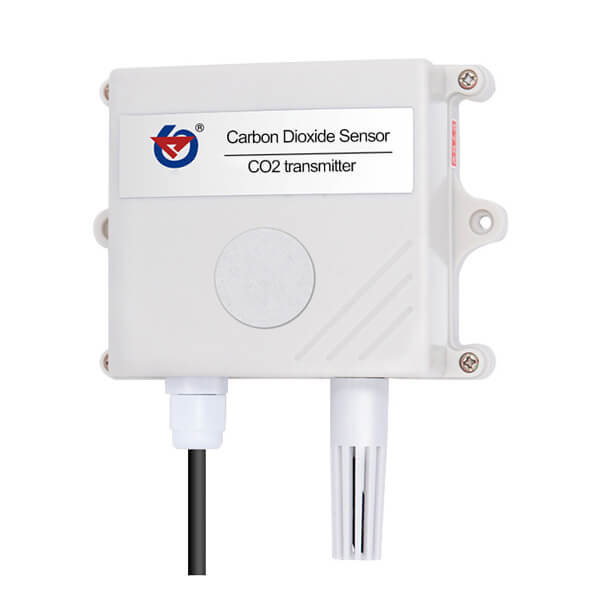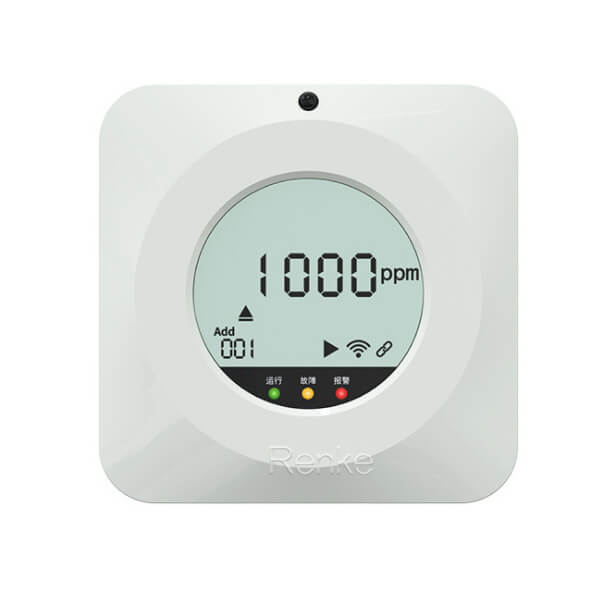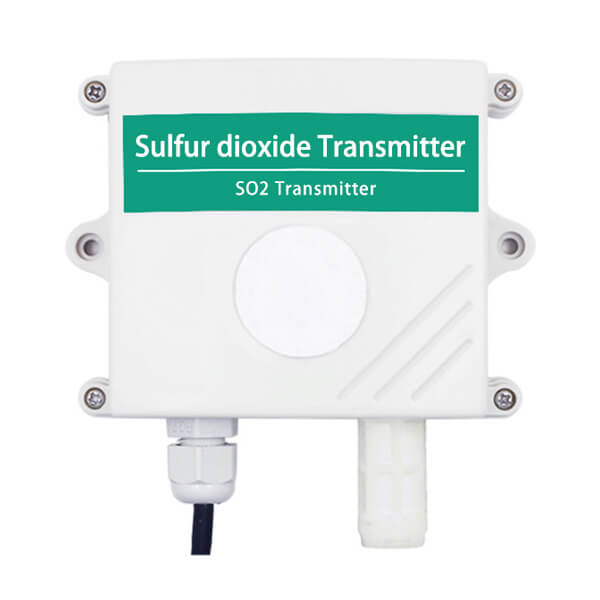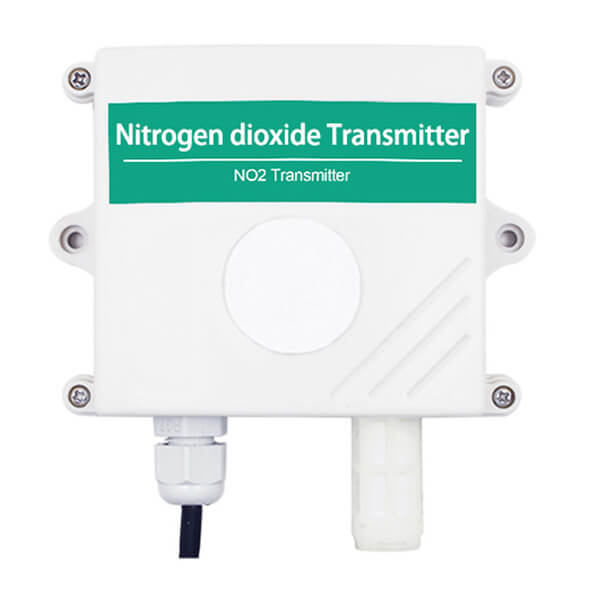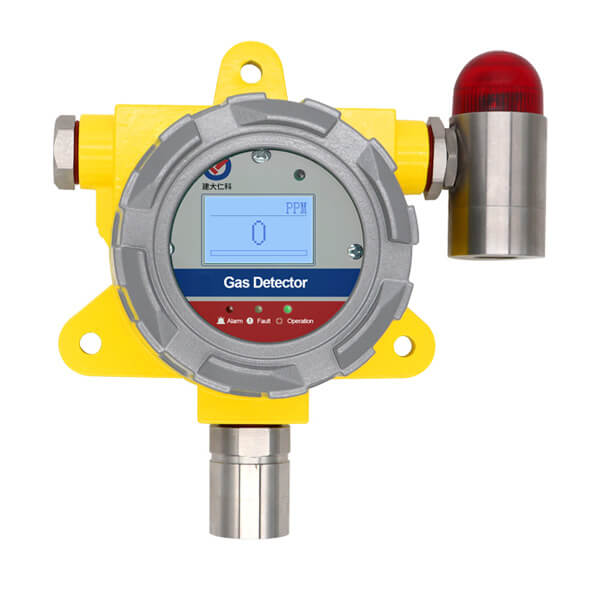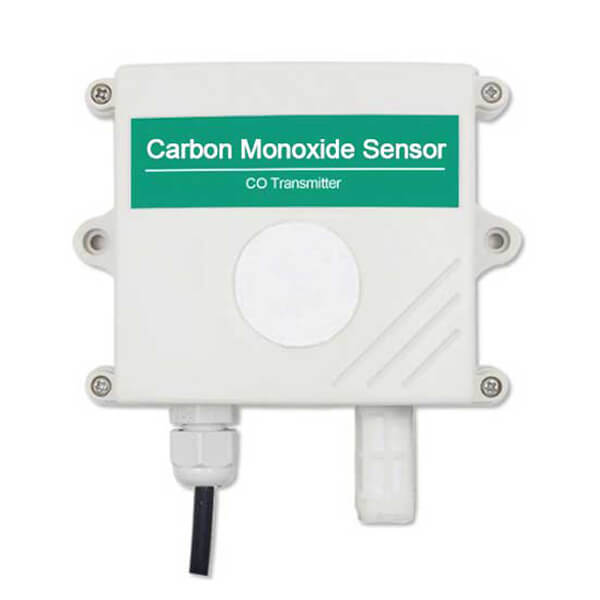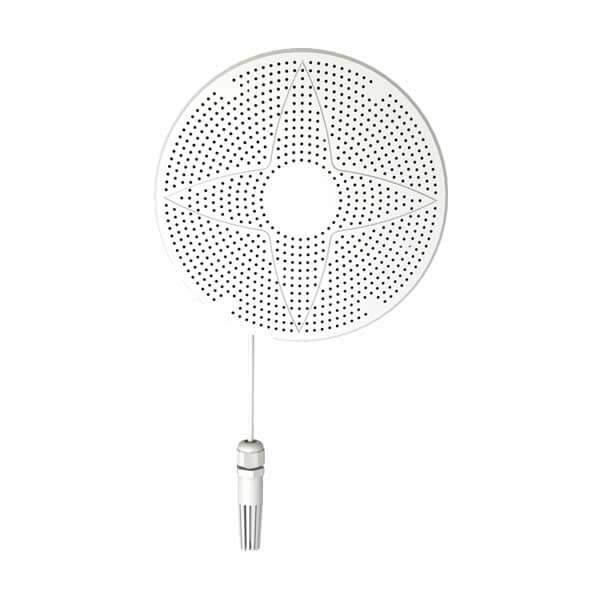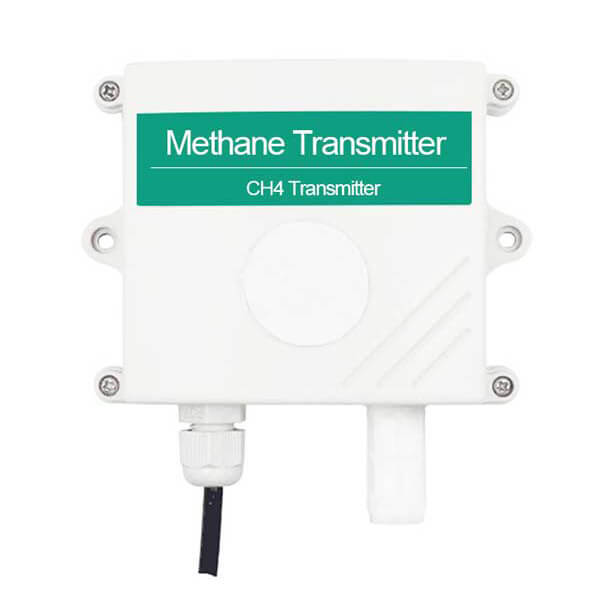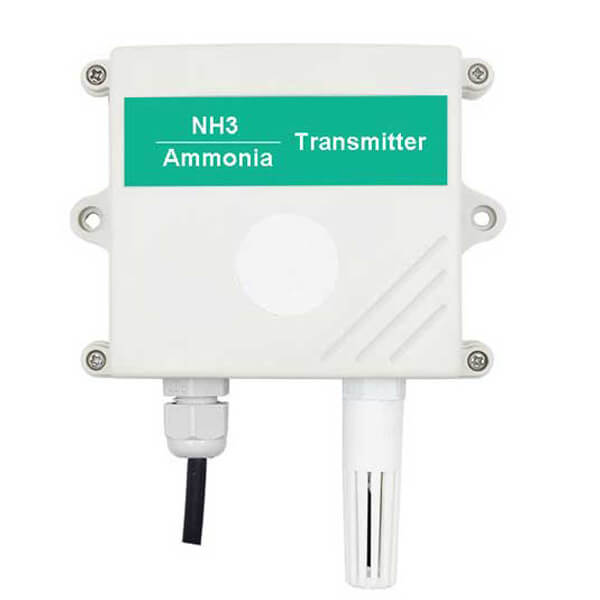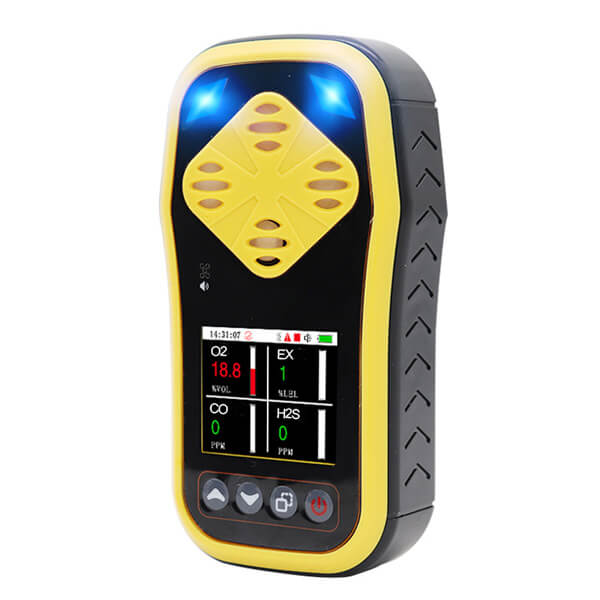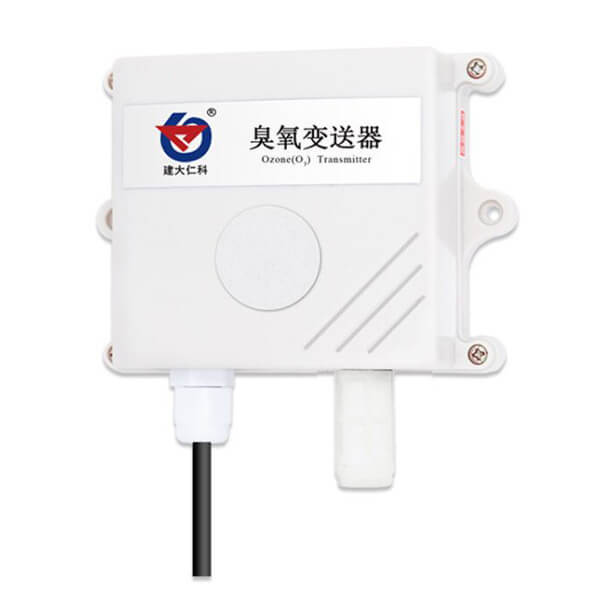Table of Contents Have you noticed this interesting phenomenon? When using gas detectors, different gases have different concentration units. For example, the unit for hydrogen
Formaldehyde Sensor
It is an electrochemical formaldehyde sensor. It has high accuracy, fast response speed, and long service life. The output resolution of the formaldehyde sensor can reach 0.01ppm, and it can realize 24-hour online monitoring. With the free cloud platform provided by our company, centralized monitoring of multiple devices in multiple locations can be achieved.
- Model: RS-CH2O-*-2-EX
- MOQ: 1 PCS
- Delivery date: within 24 hours
- Price: $56.2~$60.4
About - Formaldehyde Sensor
This HCHO sensor adopts a wall-mounted installation method, which is suitable for use in a variety of places. A temperature and humidity module can be added inside the shell to realize the joint detection of temperature, humidity, and formaldehyde.
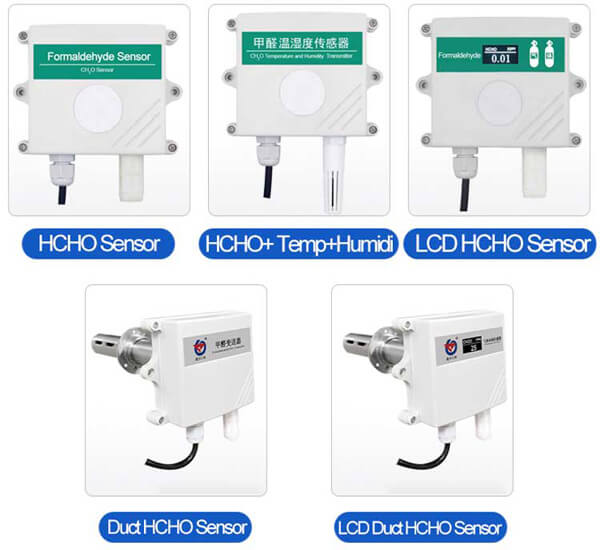
CH2O sensor datasheets
Power supply: 10~30V DC
Measure range: 0-5ppm
Precision: ±5%FS(@1ppm,25℃,50%RH)
Resolution: 0.01ppm
Temp&Humidi measure range: -40℃~+80℃, 0~100%RH
Temp&Humidi accuracy: ±0.5℃, ±3%RH
Operating temperature: -20~50℃
Working humidity: 15~90%RH No condensation
Pressure range: 91~110Kpa
Stability (months): ≤7% signal value/year
Response time: ≤35S
Repeatability ≤2% output value
Formaldehyde zero drift: ≤±0.5ppm
Service life: ≥24 months
Electrochemical CH2O sensor features
1. Range 0-5ppm, other ranges can also be customized.
2. The measurement accuracy is high, and the repeatability can reach within 2%.
3. Optional high-quality OLED display, the value can be viewed directly on-site, and can be displayed clearly at night.
4. The on-site power supply adopts a 10~30V DC wide-voltage power supply, which can adapt to a variety of on-site DC power supplies.
5. The product adopts a wall-mounted waterproof shell, which is easy to install and has a high degree of protection that can be used in harsh on-site environments.
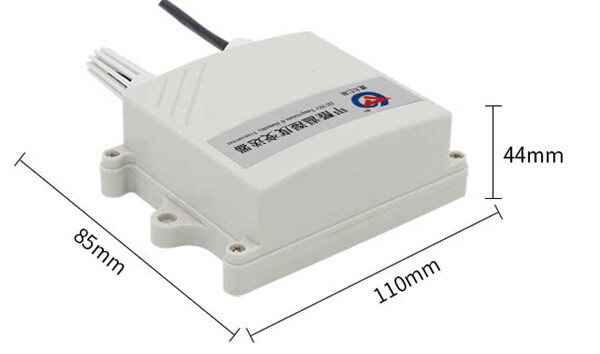
FAQ - Electrochemical formaldehyde sensor
Why measure formaldehyde?
Formaldehyde is a toxic gas. If you inhale excessive formaldehyde, it will seriously irritate the human respiratory tract, and even cause breathing difficulties and cause death. Even if a small amount of formaldehyde is inhaled for a long time, it will have certain effects on the respiratory tract and may cause nausea Symptoms such as pain, and even cause chronic respiratory diseases, chest tightness, and other diseases. High concentrations of formaldehyde can cause serious damage to human organs and even cause cancer. Long-term living in an environment with formaldehyde gas will also cause great harm to human internal organs.
What are the measuring principles of formaldehyde sensors?
The sensors used to detect formaldehyde include electrochemical sensors, optical sensors, and photochemical sensors. The structure of the electrochemical sensor is relatively simple, and the cost is relatively low. Among them, high-quality products have stable performance, and the measurement range and resolution can meet the requirements of indoor environment detection. However, the disadvantage is that there are many interfering substances and it is consumed due to the irreversible chemical reaction between the electrolyte and the measured formaldehyde gas, so its working life is generally relatively short. Optical sensors are relatively expensive and bulky, so they are not suitable for online real-time analysis, which limits their widespread use. Although the photochemical sensor improves the selectivity, the activity of the enzyme and other factors cause the sensor to be unstable and lack practicality. Moreover, the price of the general formaldehyde gas sensor is too high to be popularized.
Where to use formaldehyde sensor?
Formaldehyde sensors are mainly used in industries or equipment that require long-term online monitoring of formaldehyde concentration, such as smart homes, air cleaners, and air conditioners. In addition, the formaldehyde sensor is suitable for places where further determination of formaldehyde gas is required, such as the petrochemical industry, organic chemical storage places, chemical laboratories, paint and coating industries, etc.
Is the calibration of the HCHO sensor stable?
From the long-term data point of view, the professionally calibrated formaldehyde sensor can guarantee the stability of 3-5 years.
What is a formaldehyde sensor?
The formaldehyde sensor is used by people to detect formaldehyde gas and is specially designed for gas detection.
What is the repeatability of the formaldehyde sensor?
Within the range that we can currently test, the repeatability is currently less than 2% of the signal.
Related blogs
Table of Contents Carbon monoxide is a colorless and odorless toxic gas at room temperature. People cannot perceive its presence through smell. Therefore, carbon monoxide
Table of Contents Ammonia is the most dominant alkaline gas in the atmosphere and plays an important role in aerosol nucleation. It is also the
Table of Contents Biologists think the human nose can distinguish about 10,000 odors. A dog’s nose can distinguish about 2 million different odors, and it
Why is a gas detector necessary? In the industrial production process, the leakage of flammable, toxic and harmful gases often occurs, which will cause serious
Table of Contents What is IoT? IoT is the “Internet of things“. It is an extended and expanded network based on the Internet. It combines
Monitoring of toxic and harmful gases such as formaldehyde and carbon monoxide in the home environment After the renovation of many new houses, more than
In the industry, common gas sensors include electrochemical gas sensors, catalytic combustion gas sensors, semiconductor gas sensors, and infrared gas sensors. Different types of sensors
IoT is based on sensors and is an extension of the Internet. It connects all items with the network through sensors, achieving the purpose of

